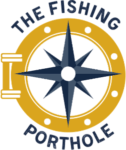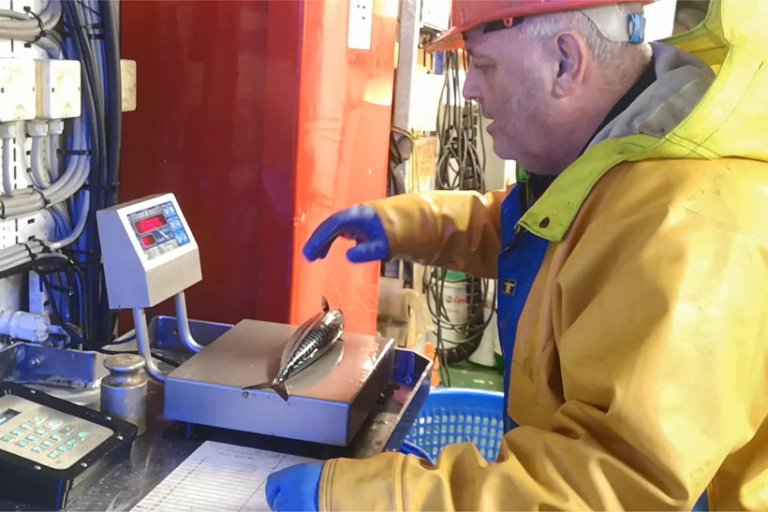“Fishing skippers tend to keep diaries detailing where and when they fished and what they caught. This is currently unearthed data, and the knowledge it contains on changes in pelagic stocks and fisheries is likely to be useful for fishermen and scientists alike. It will complement contemporary data collected under the self-sampling programme and provide fishermen with means to bring their data to life so they can better track and interpret changes in catching patterns. Having a long history of data from across the fleet will be scientifically valuable to research on changes in the North Atlantic pelagic ecosystem.”
Dr Steven Mackinson, SPFA
"The example here of the development of an industry-led pelagic sampling programme can serve as a role model for others intent on similar applications. This new arrangement of collaborative sampling also gives the scope for greater industry involvement and responsibility in scientific research in the future“
Ian Gatt, Chief Executive, SPFA
“The strong uptake from industry strengthen the evidence base; improving insight into the health of these fish stocks and state of Scotlands marine environment”
Matt Gubbons, Head of Fisheries Data within the Scottish government Marine Scotland directorate
We are delighted to see how the collaboration between SPFA, Scottish government and ourselves has developed new ways of collecting scientific data to support improvements in fish stock assessment. The pelagic sector is of huge importance locally and working cooperatively with industry remains a key strategic aim for us”
Professor Jane Lewis, Principal and CEO Shetland UHI
“The scottish pelagic industry recognises that engagement in science is more important now than ever. Taking new repsonibiloties for providing scientific samples is seen by the industry asa welcome opportunity to directly contribut to the continuous improvement of stock assessments”
Ian Gatt, Chief Executive, SPFA


